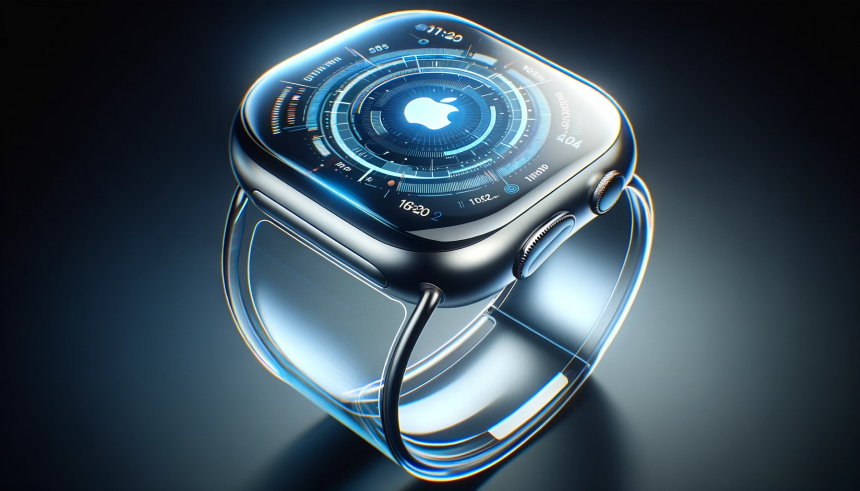Choosing a smartwatch often means weighing advanced features against everyday practicality. As Apple introduces the Watch 11, discussions have intensified around whether the newest version truly justifies its premium price, or if models like the SE 3 remain competitive for users with basic needs. Recent trends show that while annual upgrades often generate excitement, many consumers are now thoughtfully considering if higher-end models provide real value in daily use. The experience with the Apple Watch 11 has brought these questions to the forefront for users transitioning from the SE 2, sparking debate over which features matter most.
When the Apple Watch SE 2 launched, it was positioned as an affordable alternative, omitting certain hardware and software innovations found in flagship models but maintaining the core fitness, notification, and connectivity features. Earlier reviews highlighted the SE 2’s efficiency and integration with the Apple ecosystem. At the same time, the introduction of SE 3 received attention for refining the existing formula rather than bringing major advancements. The release of the Apple Watch 11 now places these models in contrast, as users evaluate battery performance, screen quality, and sensor technology based on personal requirements rather than hype.
What Features Differentiate the Watch 11 From Prior Models?
Apple Watch 11 brings updates such as a brighter display, faster processor, and enhanced health sensors. The device targets users seeking cutting-edge performance, especially in health tracking and everyday connectivity. These improvements set the Watch 11 apart from the SE 2 and SE 3, but also make users reconsider their actual usage patterns. One Apple representative commented,
“We want our users to have more choice depending on what matters most to them.”
This approach suggests Apple is attentive to diverse consumer preferences, acknowledging that not everyone demands every new feature introduced.
Is the SE 3 a Sufficient Option for Most Users?
For those focused on value and practicality, the SE 3 offers enough functionality for routine tasks like notifications, basic fitness tracking, and managing calls. The SE 3 holds appeal thanks to a balance of affordability and core Apple Watch capabilities, attracting buyers who do not need advanced metrics or specialized health features. Apple’s spokesperson further explained,
“Many customers find the SE lineup balanced for everyday use.”
As a result, the SE 3 fits the needs of everyday users, sustaining the popularity of Apple’s mid-range wearable segment.
Should Upgraders Choose Watch 11 Over Other Models?
Users updating from the SE 2 may find a tangible difference in speed and screen quality with the Watch 11, especially if they seek the latest technology and improved durability. However, those satisfied with standard features may conclude that the SE 3, with its refined experience and lower price point, remains more cost-effective. Determining which model is appropriate thus depends largely on individual expectations and budget, not just on specifications alone. The similarity in common features across all models also encourages buyers to reflect on their actual daily needs rather than defaulting to the newest release.
Apple’s introduction of the Watch 11 highlights the brand’s focus on innovation but also intensifies scrutiny of model differentiation in an increasingly saturated smartwatch market. For buyers, identifying priorities—whether superior health monitoring, advanced software, or simply affordability—sets the stage for a smart purchasing decision. Consumers should assess whether exclusive features, like extended ECG monitoring or always-on screens, hold tangible value for their routines. Understanding the nuanced line-up helps avoid unnecessary spending while meeting real-world needs, ensuring satisfaction whether one selects the high-end Watch 11 or the reliable SE 3.










